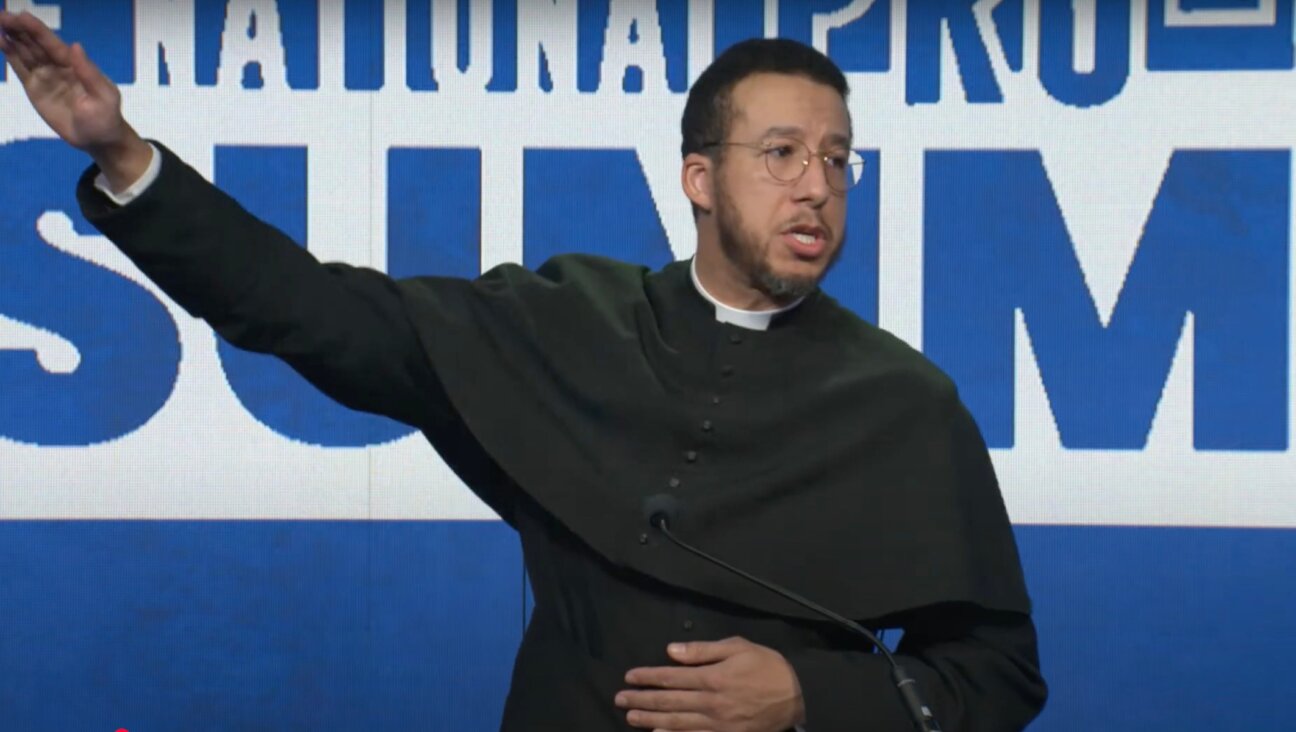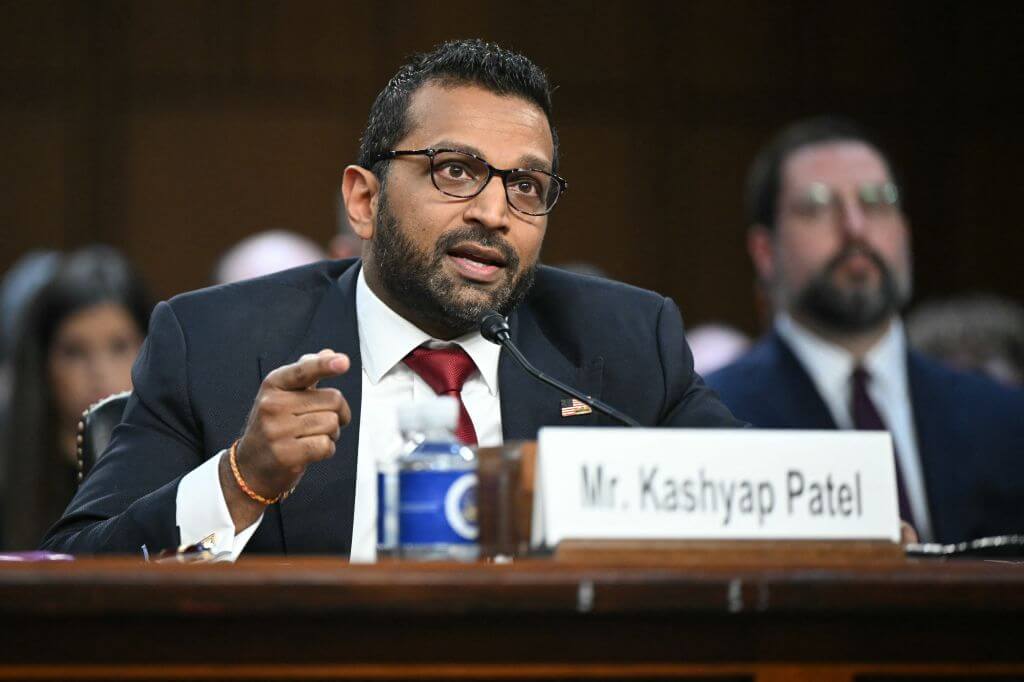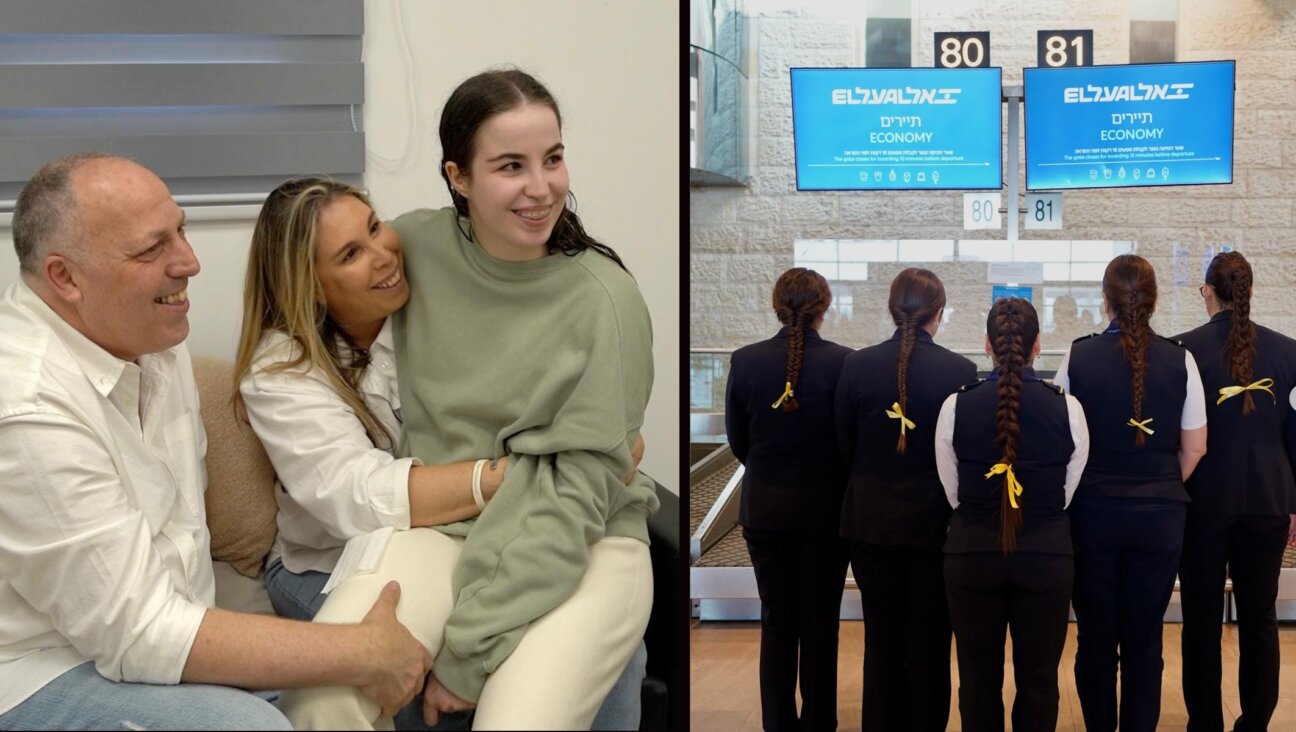Here’s how Israel’s borders would change if Trump’s peace plan is enacted

Israel’s current borders, compared to how they would look if Trump’s peace plan were enacted. Image by Russel Neiss/The Forward
President Trump on Tuesday unveiled what he has called the “Deal of the Century” — a peace proposal for the Israeli-Palestinian conflict.
The 180-page plan goes into great detail about how the land swaps would go — and you can read our summary by clicking here.
One of the toughest issues in past negotiations has been who controls which lands. In Trump’s plan, Israel would keep control over its West Bank settlements and its borders with Jordan and most of Egypt. In return, it gives the future state of Palestine some of the West Bank, Arab communities in the north of what’s now Israel, and vast stretches of the Negev Desert. All of the Palestinian land would technically be connected, though some of it only by narrow roads (or a record-setting West Bank-to-Gaza tunnel). This diagram shows how the land would change:

Israel’s current borders, compared to how they would look if Trump’s peace plan were enacted. Image by Russel Neiss/The Forward
And here you can see more details about the future state of Palestine:
The new Green Lines of the #DealOfTheCentury pic.twitter.com/wvIV9Mjftw
— LTC (R) Peter Lerner (@LTCPeterLerner) January 28, 2020
Israeli Prime Minister Benjamin Netanyahu endorsed the plan in a White House event alongside Trump. Palestinian Authority President Mahmoud Abbas, who has boycotted Trump’s outreach for more than a year, said that Palestinians had said “1,000 nos” to the deal.
Aiden Pink is the deputy news editor of the Forward. Contact him at [email protected] or follow him on Twitter @aidenpink
A message from our Publisher & CEO Rachel Fishman Feddersen

I hope you appreciated this article. Before you go, I’d like to ask you to please support the Forward’s award-winning, nonprofit journalism so that we can be prepared for whatever news 2025 brings.
At a time when other newsrooms are closing or cutting back, the Forward has removed its paywall and invested additional resources to report on the ground from Israel and around the U.S. on the impact of the war, rising antisemitism and polarized discourse.
Readers like you make it all possible. Support our work by becoming a Forward Member and connect with our journalism and your community.
— Rachel Fishman Feddersen, Publisher and CEO






















